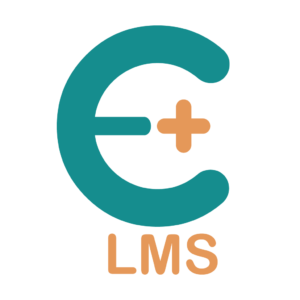Assistive Technology In eLearning Platforms
The unforeseen pandemic had led the world to shut down. It had the worst impact on the education sector. After the pandemic, the use of eLearning platforms has increased. This global industry has, since its birth, grown by 900%, globally. In 2020–21, the number of students, aged 3–21, who received special education services under the Individuals with Disabilities Education Act (IDEA) was 7.2 million. So, nearly 7.2 million students need assistive technologies to be incorporated into the available eLearning platforms. So, to be inclusive and provide equal educational opportunities for all, there are certain features that a Learning Management System (LMS) should feature. Let us see the types of learning problems children can face and how certain features in LMS platforms can help overcome these:
1. Listening
Students with hearing disabilities find visual teaching styles beneficial. The video lecture that the eLearning platform offers, with added features like captioning/closed captioning, is a plus for these children. Captioning is an important vehicle to assist individuals who are deaf or hard of hearing in accessing media. With the use of AI technologies, it is possible to transcribe even the real-time live session in real time! Transcribing/captioning video lectures, slides, online pdf books, and other interactive content that a Learning Management System provides is very helpful for students with special needs in listening.
2. Reading
Students with disabilities like dyslexia have trouble reading and writing coherently. Dyslexia is a learning disorder that involves difficulty reading due to problems identifying speech sounds and learning how they relate to letters and words (decoding). Also called reading disability, dyslexia affects areas of the brain that process language. One of the cool things about technology today is that it allows for more personalized learning experiences to help kids who have dyslexia or other conditions that cause them to learn differently. For instance, tech like Dragon Speak helps dyslexic students "write" their papers by voice, ensuring that their answers are not limited by their ability to spell. In addition, they’re able to learn via audiobooks, rather than moving slowly through printed text.
3. Writing
Students with physical disabilities who require a scribe, or students with writing disorders like dysgraphia, require features that assist them with writing. For students whose disabilities prevent them from using any sort of manual input device, speech-to-text technology has become a reliable alternative. Integrating voice-to-text devices, LMS platforms help students to write their assessments or exams without the need for a scribe. And for students with writing disorders like dysgraphia, there is special software like Ginger that have several additional functions like word prediction, sentence rephrasing, TTS function, and a personal trainer, to avoid previously made mistakes.
4. Students With Visual Challenges
Incorporating personalized PCs for students with visual challenges plays a vital role in imparting quality education to them. For instance, BrailleNote Apex is a kind of a PC for people with visual challenges. It does not have an LCD display, but there is a Braille display with raised buttons for readers to feel them. There is 8GB of internal memory, two USB ports, a card reader, a GPS receiver, a Wi-Fi router, etc. It has almost all the functions that are used by ordinary users, so it is an indispensable device for people with poor eyesight. Integrating Learning Management Systems with such personalized PCs helps students with visual challenges access a quality education, just like every other student.
5. Students With Autism
Students with autism have problems focusing. An autism-related case study found that wearing Google glasses substantially helped children affected by autism to understand other people's moods. Additionally, eLearning platforms allow students to study at their own pace. This is a massive benefit to students with autism, since they can study at their own time and pace.
Conclusion
Social and cultural barriers, and unequal opportunities in access to quality education, remain some of the most serious difficulties affecting national educational policies. But using eLearning platforms, equality in education and imparting quality education to all can be achieved. Taking children with special educational needs into consideration while designing eLearning platforms and integrating assistive technology is important for a socially responsible person. Since LMS platforms are flexible, it is very easy to incorporate the tools that may be required for teaching children with special educational needs.
Further Reading:
- What are some tips for creating an e-learning platform startup?
- Guide to Set up an E-Learning Marketplace










